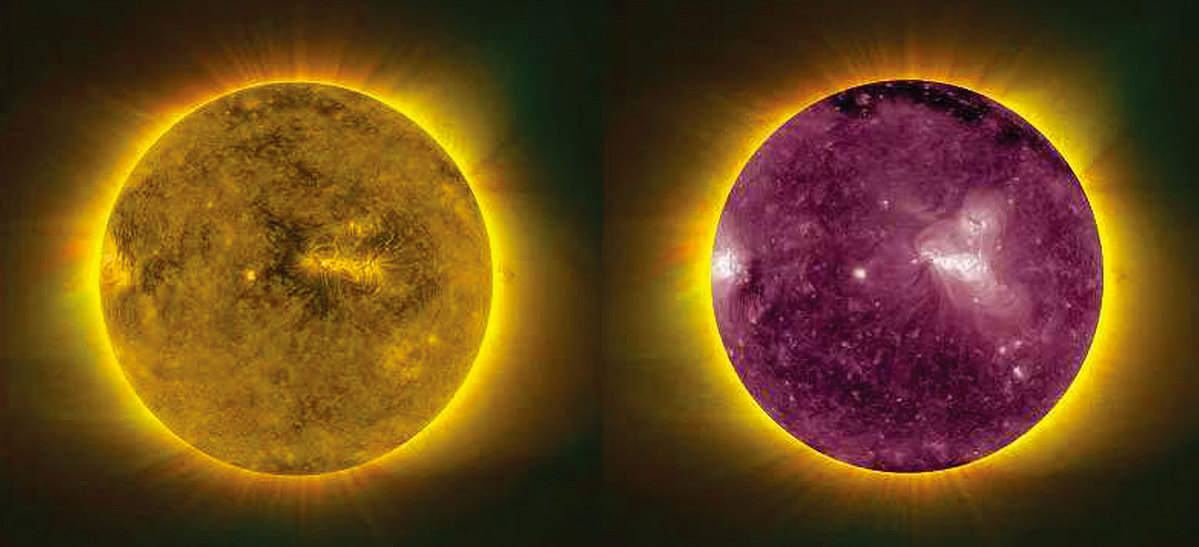Scientists shed light on unsloved solar mystery
By ANGUS McNEICE | China Daily Global | Updated: 2019-11-22 09:15

Why is the sun's outer atmosphere far hotter than its surface? This question has baffled scientists for more than 70 years, and is widely regarded as one of the biggest unsolved mysteries in astrophysics.
This week, an international team of scientists co-led by Peking University in China shed light on the phenomenon.
"With our new observations, we seemed to have made a big step forward," Hui Tian, a solar physicist at Peking University, told China Daily.
"We were certainly very excited, because this is really one of the fundamental problems in solar physics," added Hui, who coauthored the new study published in the journal Science.
Hui explains that the temperature in the core of the sun is as high as 15 million degrees, and drops to 5,700 degrees at the solar surface.
Above the surface, however, the temperature starts to increase again, reaching 1 million degrees or more in the corona, which is the outermost part of the sun's atmosphere.
"If you are close to an oven or radiator, and move away from it, then the temperature goes down," Robertus Erdelyi, a solar physicist at Sheffield University who contributed to the research, told China Daily. "Stars are different-if you go away from the surface, the temperature actually increases. It's a really big puzzle."
The new study provides the first evidence that solar spicules-jets that frequently disturb the sun's surface-play a key role in heating the sun's atmosphere. Not to be confused with the giant solar flares that can erupt to many times the diameter of the earth, spicules are narrow columns of plasma that shoot upward to heights of about 5,000 km above the solar surface.
Using the powerful Goode Solar Telescope in California, the team was able to directly observe the spicules in unprecedented detail, and discovered that they were generated by magnetic fields breaking and rejoining one another in a process called magnetic reconnection.
The team was then startled to uncover the smoking gun for the coronal heating phenomenon-while the spicules themselves only reached temperatures of 10,000 degrees, the environment directly around the tips of spicules in the lower solar atmosphere reached a scorching 1 million degrees.
"That is exactly the temperature of the corona," said Hui. "This means that the spicules play a key role in heating the sun's atmosphere."
Spicules had earlier been put forward as a potential source of corona heating, though no studies prior to this one had provided evidence that spicule plasma can reach coronal temperatures.
Figuring out why exactly the tips of the spicules produce such intense heat is the next challenge, says Hui.
"It might be plasma waves associated with the spicules," he said. "These waves may be dumping their energy on the upper part of the spicules."
Erdelyi said further breakthroughs in solar physics could help in the development of new technologies, including nuclear fusion, the process that powers stars and is considered the holy grail of clean energy generation.
"The big question still is how plasma is heated," said Erdelyi. "To ignite fusion, you need very hot plasma, and to know how to heat up plasma to the temperatures where fusion can kick in. That's the reason why solar physics is an interesting topic, because the sun itself is a fusion reactor, it's our best plasma laboratory."
























